America’s Cup: My day on Britannia
Published on July 23rd, 2020
While Robin Knox-Johnston may be best known for being the first person to complete a solo non-stop circumnavigation, done at the painfully slow pace of 312 days, he also knows a bit about going fast.
Along with Sir Peter Blake, they held the Jules Verne Trophy in 1994, emblematic for the fastest circumnavigation of the world by any type of yacht with no restrictions, completing the lap in just over 74 days.
But still, the AC75 for the 36th America’s Cup is hard to anticipate, and Robin shares his experience riding onboard the British challenger INEOS TEAM UK:
I am not sure whether my burning face is due to the sun, the wind, or the high pressure blasts of water over the gunwale as the foil went down my side to indicate the start of a tack or a gybe, but it certainly hurt, more like the spindrift in the Roaring Forties than anything else I have experienced.
It was fortunate that only my head was above the bulwark, as that pressure hitting my well protected body would have thrust me aft and overside.
This is not sailing as we used to know it. This machine, appropriately named Britannia, sponsored by INEOS and skippered and managed by Britain’s top Olympian Ben Ainslie, flies on foils each side, the leeward one down, the windard one up. There is no keel, reducing the friction and holding the mast upright.
As a result the speeds are incredible. I have sailed some fast multihulls in my time, but never exceeded 32 knots non surfing speeds, but here we just accelerated up and away. Interestingly, despite the lack of a keel, she points up to wind very well.
The boat is open, but with two channels each side where the grinders and controls are housed. Dry suits are essential. I was standing aft on the port side, out of the way and instructed to hold onto a safety bar in front of me. The advice was very relevant as the moment we started to move the acceleration is more that of a car being revved up than any boat I have ever sailed upon.
I became aware of my knuckles after a while as they were hurting and white from gripping that bar. Tacking was another new experience. I am not sure what the G Forces were but the sideways thrust on my body was considerable.
Getting the hull out of the water happens very quickly and then it is a question of trim, but not just of the sails, the foils have to be adapted to allow the hull to rise from the water to suit the conditions as well. This uses a system which was explained to me but appears to owe more to Black Magic than anything else. However it is achieved, the boat only fell off once.
At this stage in the development the time afloat is spent tuning, but not the sort of tuning with which we are familiar. There is no adjusting rigging to keep the mast straight with a bend to suit conditions, this tuning is done by a battery of computers and the daily results taken away and painstakingly analyzed.
As we swept up and down the anchorage there was constant chatter in the speaker in my very necessary safety helmet to make small adjustments to get a better performance, and this will go on even when the actual races take place next year in Auckland, New Zealand.
We only hit a maximum of 42 knots (only!) off the east coast of the Isle of Wight in choppy conditions which the craft floated above comfortably. There was more power in the bag if required, but high speeds were not the objective this day. This was a learning sail in the new America’s Cup class and it is exhilarating to be aboard, even if just as a passenger, watching admiringly as the crew expertly handled this incredibly powerful and complex machine.
How will the next boat, developed from Britannia and currently in build fare against her three opponents for the “Auld Mug” next year, well no one knows, which just adds to the interest. It may not be type the sailing I grew up with, but sailing it certainly is, but at yet another higher level in the development of our sport. I am a convert and could only wish it had happened 50 years earlier!
Thanks Ben and INEOS for a wonderful and stimulating experience… a day to remember.
More photos by Cameron Gregory:
Details: www.americascup.com
36th America’s Cup
In addition to Challenges from Italy, USA, and Great Britain that were accepted during the initial entry period (January 1 to June 30, 2018), eight additional Notices of Challenge were received by the late entry deadline on November 30, 2018. Of those eight submittals, entries from Malta, USA, and the Netherlands were also accepted. Here’s the list:
Defender:
• Emirates Team New Zealand (NZL)
Challengers:
• Luna Rossa (ITA) – Challenger of Record
• American Magic (USA)
• INEOS Team UK (GBR)
• Malta Altus Challenge (MLT) – WITHDRAW
• Stars + Stripes Team USA (USA)
• DutchSail (NED) – WITHDRAW
Of the three late entries, only Stars+Stripes USA remains committed, however, it is unclear what entry payments have been made, nor is there knowledge of a boat being actively built or sailing team assembled.
Key America’s Cup dates:
✔ September 28, 2017: 36th America’s Cup Protocol released
✔ November 30, 2017: AC75 Class concepts released to key stakeholders
✔ January 1, 2018: Entries for Challengers open
✔ March 31, 2018: AC75 Class Rule published
✔ June 30, 2018: Entries for Challengers close
✔ August 31, 2018: Location of the America’s Cup Match and The PRADA Cup confirmed
✔ August 31, 2018: Specific race course area confirmed
✔ November 30, 2018: Late entries deadline
✔ March 31, 2019: Boat 1 can be launched (DELAYED)
✔ 2nd half of 2019: 2 x America’s Cup World Series events (CANCELLED)
✔ October 1, 2019: US$1million late entry fee deadline (NOT KNOWN)
✔ February 1, 2020: Boat 2 can be launched (DELAYED)
✔ April 23-26, 2020: First (1/3) America’s Cup World Series event in Cagliari, Sardinia (CANCELLED)
✔ June 4-7, 2020: Second (2/3) America’s Cup World Series event in Portsmouth, England (CANCELLED)
• December 17-20, 2020: Third (3/3) America’s Cup World Series event in Auckland, New Zealand
• January 15-February 22, 2021: The PRADA Cup Challenger Selection Series
• March 6-15, 2021: The America’s Cup Match
Youth America’s Cup Competition
• February 18-23, 2021
• March 1-5, 2021
• March 8-12, 2021
AC75 launch dates:
September 6 – Emirates Team New Zealand (NZL), Boat 1
September 10 – American Magic (USA), Boat 1; actual launch date earlier but not released
October 2 – Luna Rossa (ITA), Boat 1
October 4 – INEOS Team UK (GBR), Boat 1
Details: www.americascup.com


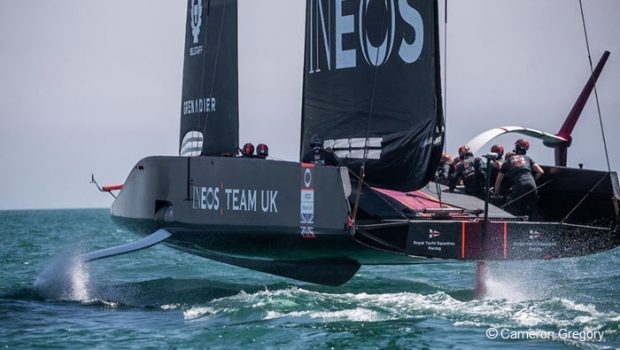

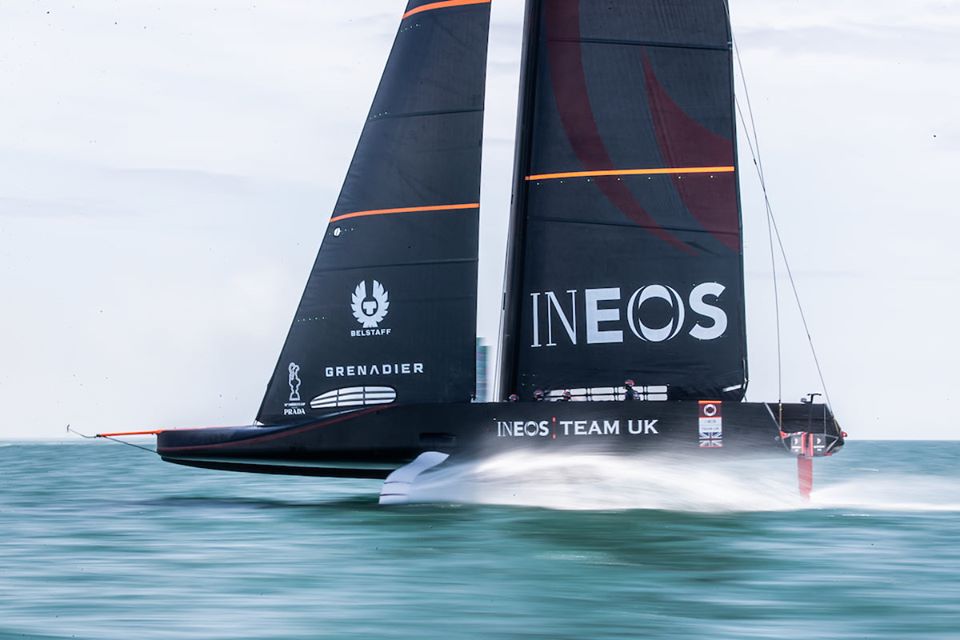
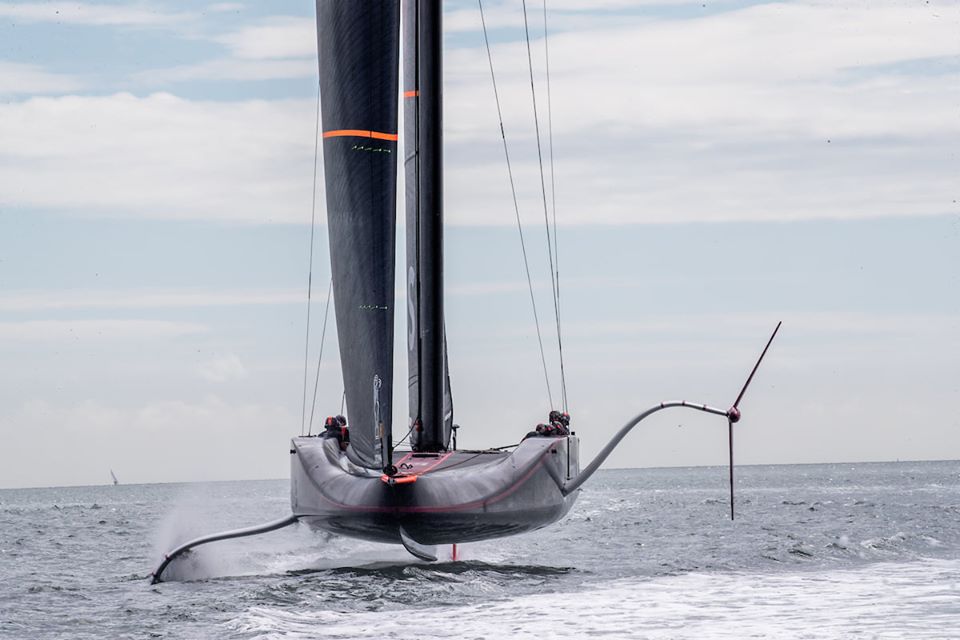
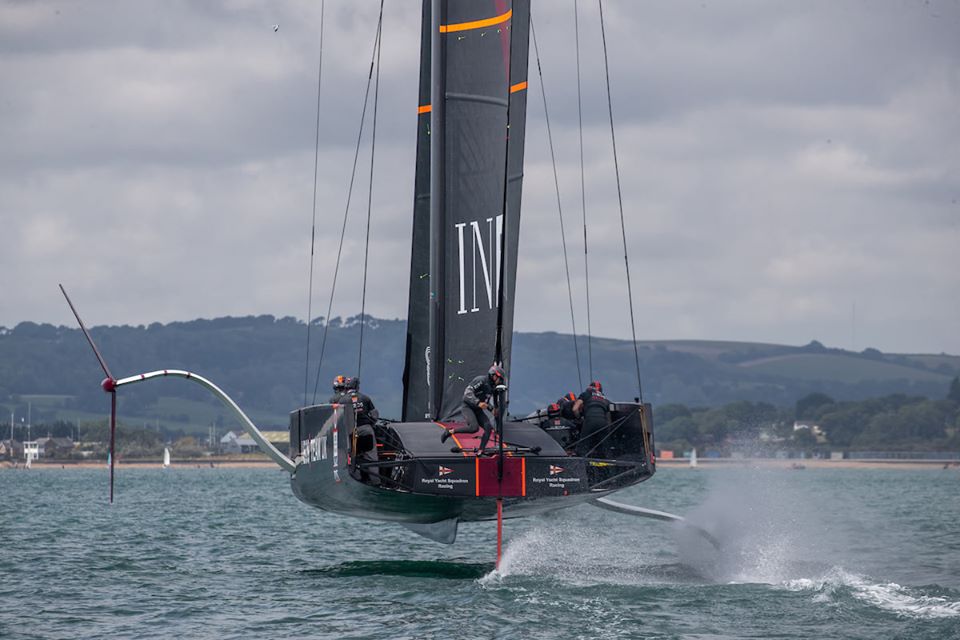
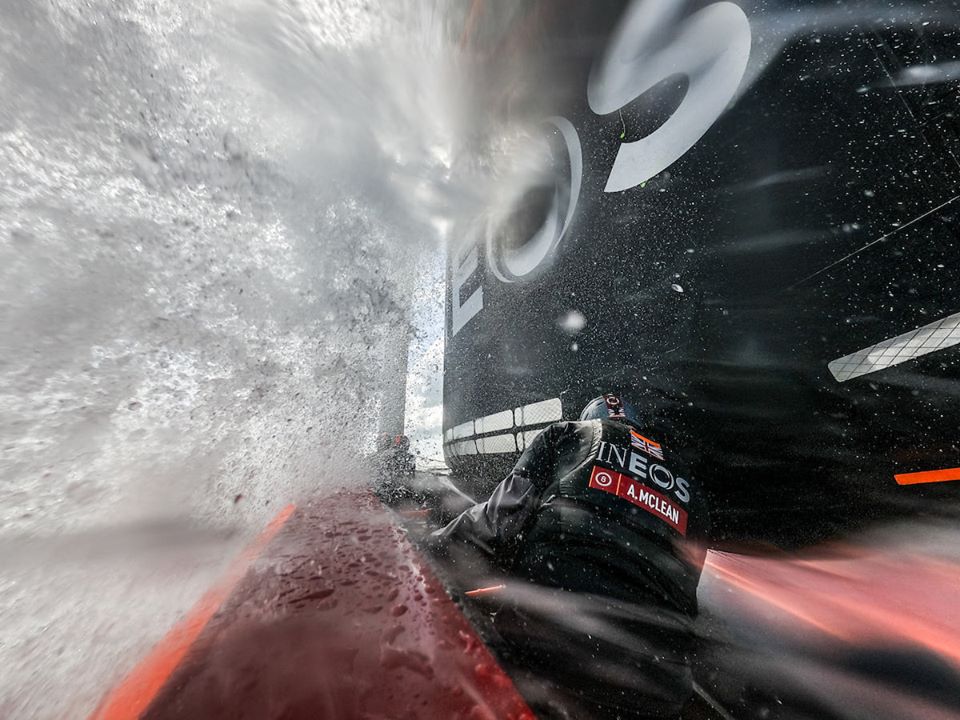



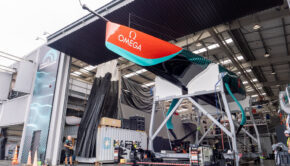
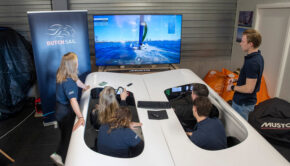
 We’ll keep your information safe.
We’ll keep your information safe.